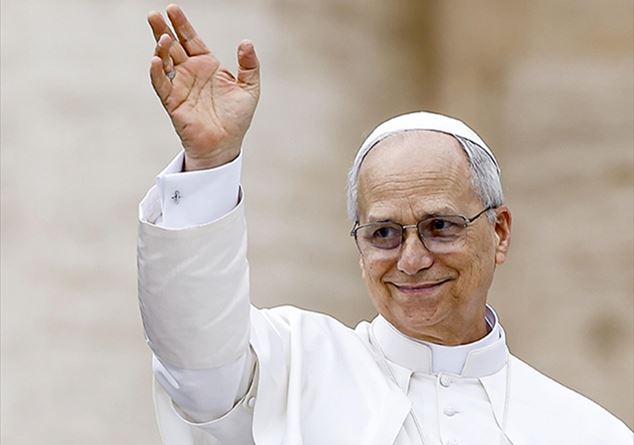Dear readers friendswith the solemnity of Pentecost, for several years now, it is use that ecclesial movements, associations and new communities meet with the Pope in St. Peter’s Square.
Pentecost It means the effusion of the gifts and charisms that come from the Spirit and that “animate” the life of the Church internally.
Movements, associations and new communities fall into these realities aroused by the Spirit for the good of the Church: Focolarini, renewal in the spirit, communion and liberation, Sant’Egidio, the neocatechumenal journey, new horizonsjust to name a few.
The eighties and nineties saw a time of true explosion and affirmation of the movements, thanks also to the impulse given to them by John Paul II. Alongside the traditional associations of the Catholic laity (such as Catholic Action, ACLI and Scoutingfor example) represented a moment of great awakening.
And, to look good, they contributed to forming generations of lay people to Christian life and different forms of commitment, awakening the passion for Christ and the Gospel, giving life to new and capillary forms of Christian commitment, from evangelization to attention to various forms of poverty.
With the disappearance of the founders, the movements also passed through a phase of settlement and internal purification, especially after the year 2000. An settlement due to the passage of witness to the first successors and the reform of the rules of “government” of these realities, sometimes managed in an excessively charismatic and vertical way.
We had to find new ways, passing from the typical enthusiasm of the beginning to a wise realism. Many have lived (and some still live) a phase of revision of statutes and government methods, in a “labor” Which can only be beneficial because it means growth and maturation. A Evangelical “pruning”so that the plant can bring more and more fruits.
Looking back, that explosion of movements brought with it a new season of secular presence and protagonism, because such is their nature: are made of lay peopleoften also in the top.
This is also a Fruit of Vatican IIwhich sees the lay people not as passive performers at the service of the hierarchy but as subjects with their own autonomy and responsibility.
And if it is true that today both the traditional associations and the movements no longer have (perhaps) the driving force of 30 years ago, the Catholic laity is still vital And he developed, giving life to new experiences, perhaps more widespread and less structured, but significant.
We realized theSynodal Assembly of the Italian Church of April, when the majority – made of lay people – rejected the final document deemed inadequate and poor compared to what emerged in the long comparisons that had preceded the assembly.
A small sign that Pope Francis’ lesson on synodality It has been absorbed to some extent and made its fruits.
And, if we want, also a symbol of the fact that The Spirit blows silentlyoften operates under trace, causing unexpected shades of which the whole ecclesial community benefits.
(photo above: ANSA)


